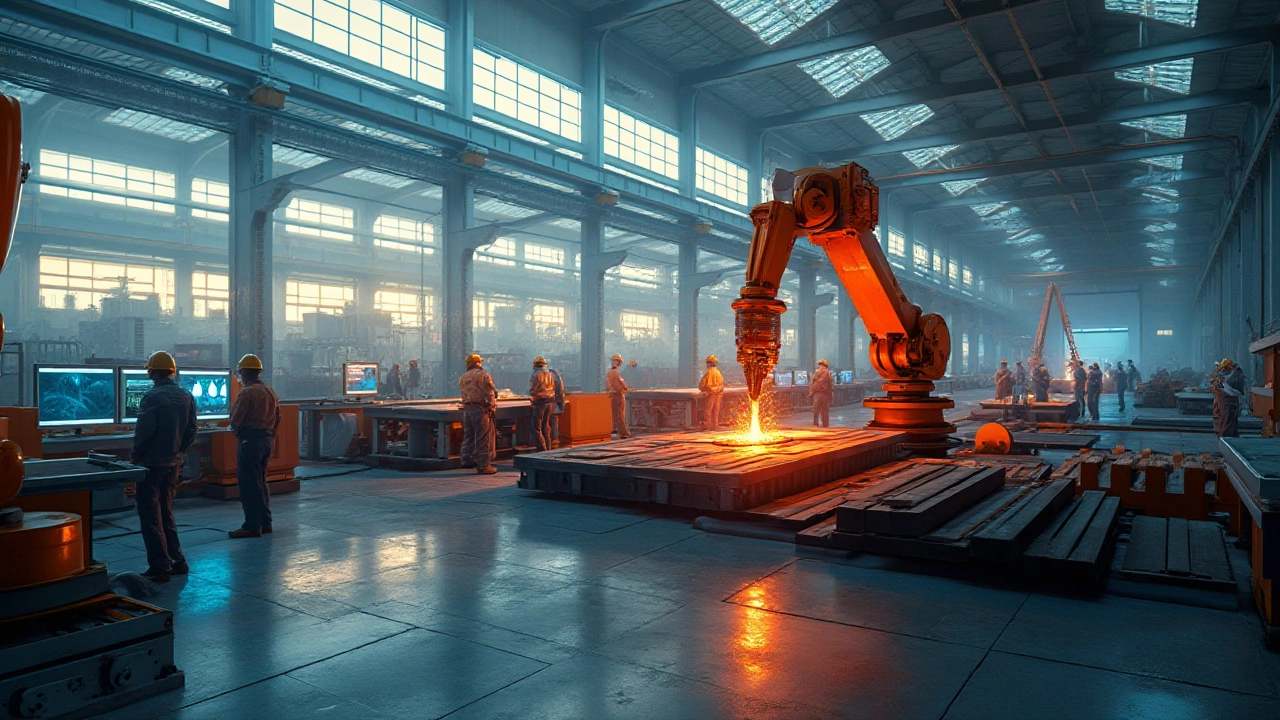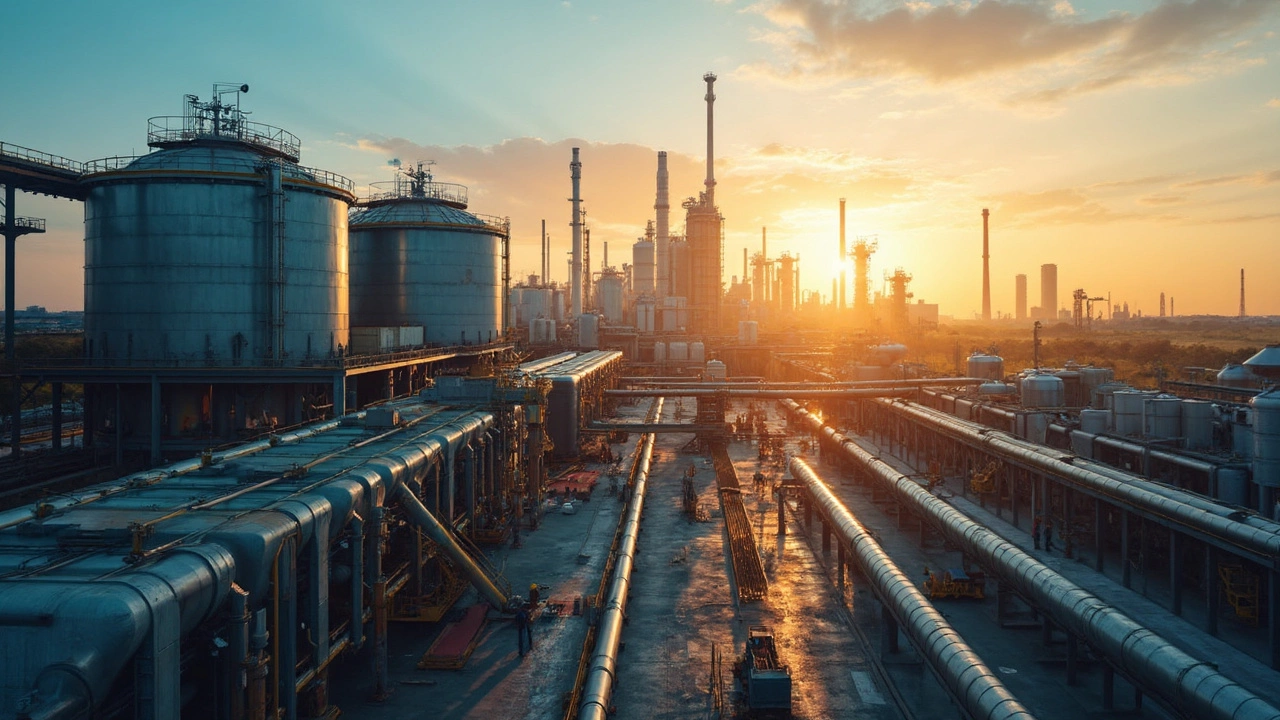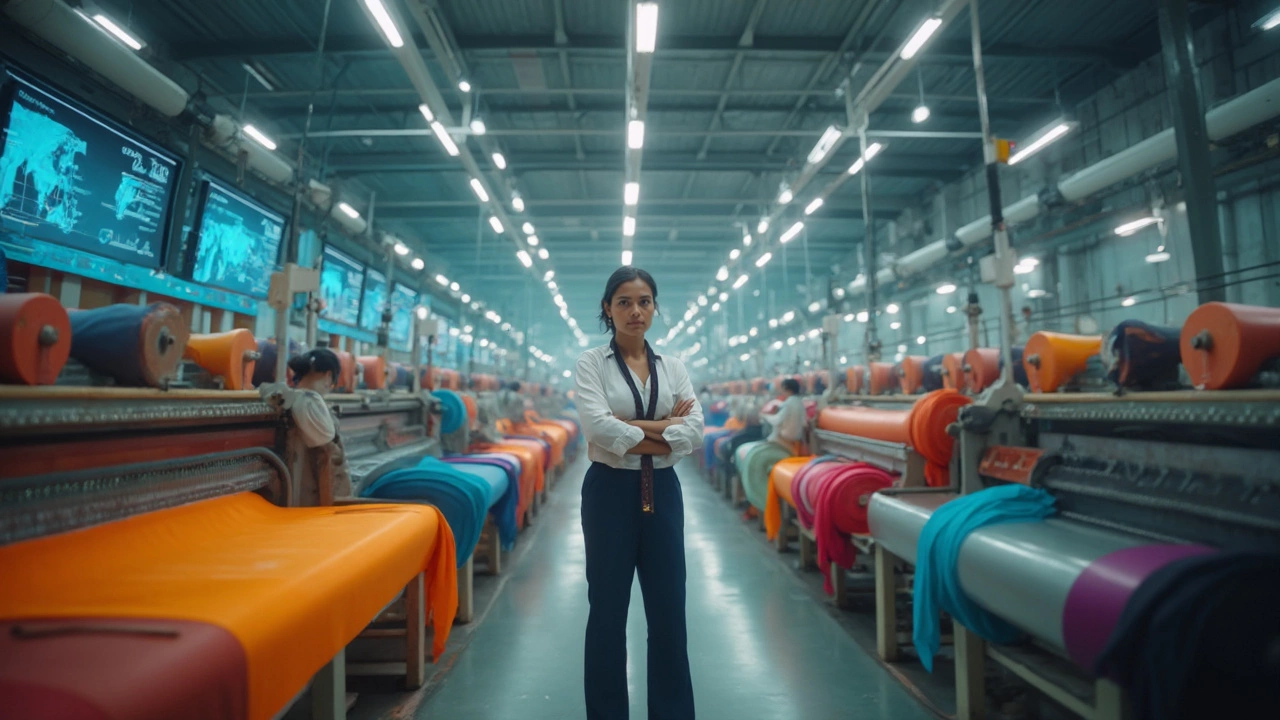American Manufacturing: Trends, Challenges, and Opportunities
When talking about American manufacturing, the network of factories, plants, and workshops that produce goods across the United States. Also known as US manufacturing, it drives the nation’s economy, provides millions of jobs, and fuels global trade.
If you’re looking for American manufacturing insights, you’re in the right place. Plastic manufacturing, the process of turning raw polymers into everyday items like bottles, automotive parts, and medical devices is a cornerstone of the U.S. industrial base. The sector has embraced recycled resins, with rPET and rHDPE gaining market share, because sustainability cuts costs and meets consumer demand. Steel production, the conversion of iron ore into high‑strength steel for construction, automotive, and defense applications remains vital, especially as new alloys support lightweight vehicle design. Both industries illustrate the semantic triple: American manufacturing encompasses plastic manufacturing; plastic manufacturing requires advanced polymer processing; steel production demands high‑temperature metallurgy.
Key Sectors Within American Manufacturing
Another major pillar is the textile industry, the production of fabrics, garments, and technical textiles for domestic and export markets. From cotton grown in the South to high‑tech fibers used in aerospace, this sector creates a ripple effect—new designs generate demand for cotton farming, which in turn supports rural economies. Alongside textiles, pharmaceutical manufacturing, the large‑scale creation of medicines, vaccines, and active pharmaceutical ingredients positions the U.S. as a global health leader. These sectors together form the triple: American manufacturing supports the textile industry; the textile industry relies on raw material supply chains; pharmaceutical manufacturing influences public health outcomes.
The impact of these sectors extends beyond raw output. Manufacturing boosts local economies by creating skilled jobs, spurring infrastructure upgrades, and attracting ancillary businesses. For instance, a new plastic plant often brings logistics firms, equipment vendors, and training providers into the region, multiplying employment opportunities. Likewise, steel mills anchor ports and rail networks, while textile hubs foster design studios and e‑commerce platforms. This web of relationships shows that American manufacturing not only produces goods but also underpins community welfare and economic resilience.
Below you’ll find a curated collection of articles that dig deeper into each of these areas—whether you want to understand the rising demand for recycled plastics, compare global steel quality, explore textile heritage, or see how pharma giants operate. Use the insights to gauge where the industry is headed, spot emerging opportunities, and apply practical tips to your own work or business strategy.
Exploring U.S. Steel Production: Facilities and Trends in 2024
The article delves into the landscape of steel manufacturing in the United States as of 2024. It highlights the key steel plants across the country and examines how technological advancements are reshaping the industry. The discussion also covers the impact of economic policies on U.S. steel production and the role of sustainability in modern steel making. Readers will gain insight into the future trajectory of steel manufacturing in America.
- manufacturing
- India
- food processing
- garden tips
- rice cultivation
- government schemes
- balcony garden
- urban gardening
- balcony gardening
- profitable business
- business ideas
- plastic manufacturing
- drip irrigation
- plant care
- steel manufacturing
- sustainable gardening
- startup ideas
- steel industry
- flower gardening
- textile manufacturers






